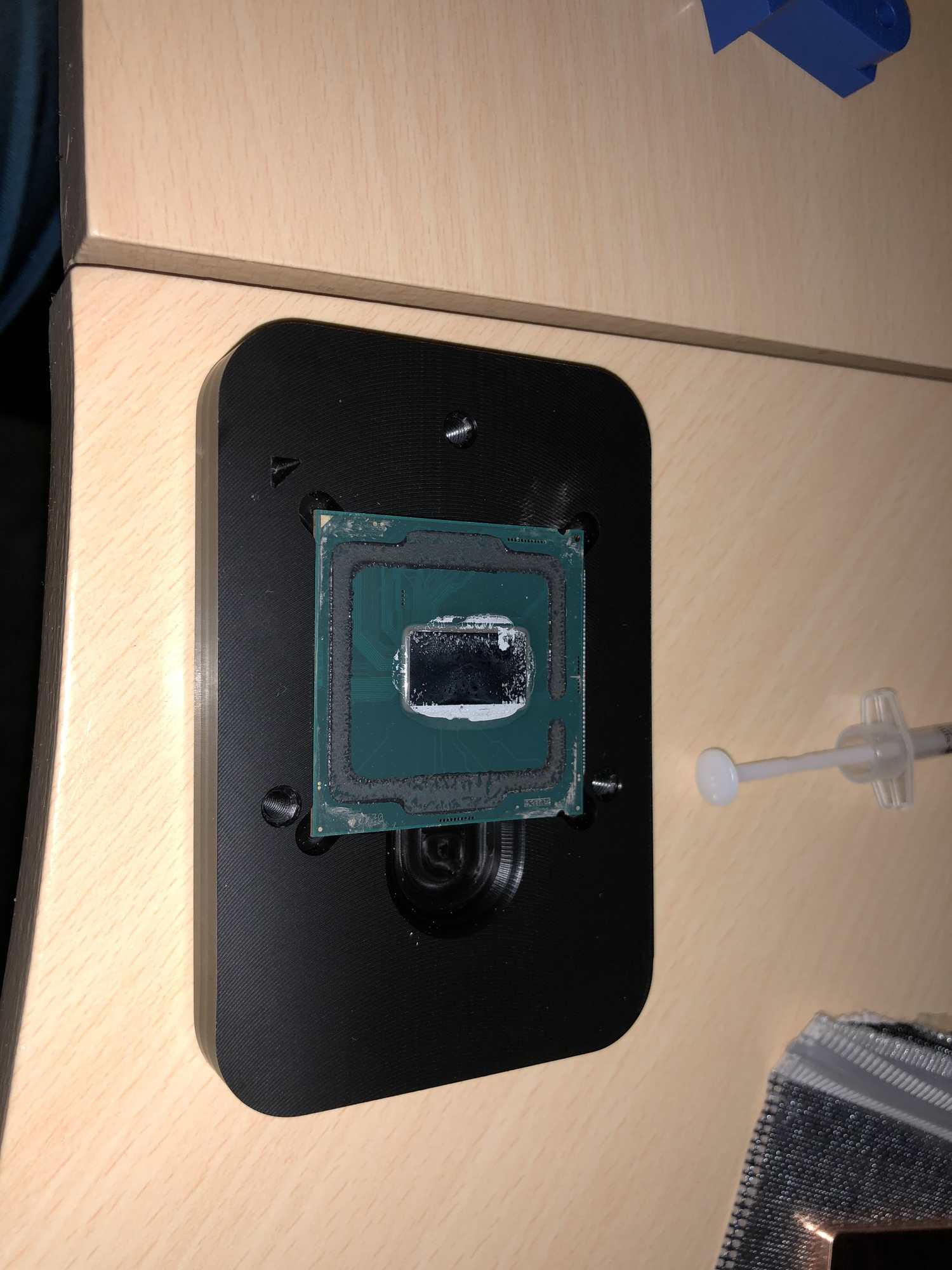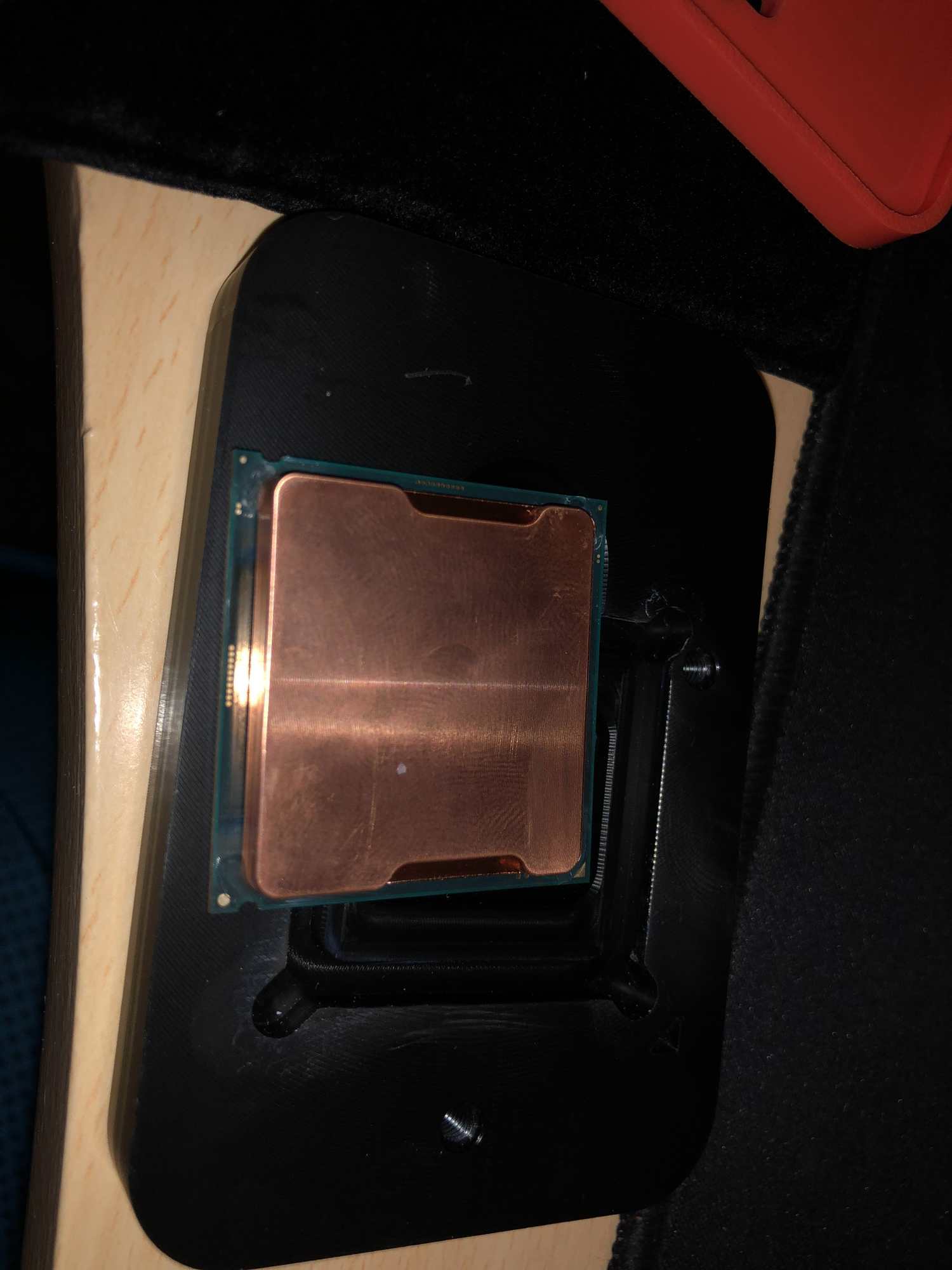JarJarBinks
Limp Gawd
- Joined
- Jan 13, 2008
- Messages
- 271
I have a i7-8086k @ 5Ghz with a Fractal Design Cooler S36-BK (360MM Water Cooler). I wanted to ask about some stuff because a lot of stuff just doesn't seem right. It pulls 1.296v according to CPUz. And according to Intel power gadget, I'm using upwards of 194W of power and a temperature of 96C when running prime95 (In-place FFTs). The temperature just doesn't seem accurate though, the air blowing off the radiator isn't abnormally hot, the tubes flowing from the water block do not feel hot but I can feel the liquid flowing. And the system never becomes unstable either while video encoding for several hours or playing games for 15 hours or running Prime95. Prime95 Blend Test stays at 70C on the dot. Should I be concerned about these temperatures are they accurate? When Intel says the max temperature is 100C does that mean I can run it at 96C for 8 hours at a time and not experience any problems over say 3 years? Idle temp is 37C but I live in a hot climate and my air conditioner is poor. I have read that the 8700K and this processor run hot it just doesn't seem like it actually is. Mobo in the signature. Thanks for any facts or opinions on the matter.
![[H]ard|Forum](/styles/hardforum/xenforo/logo_dark.png)



